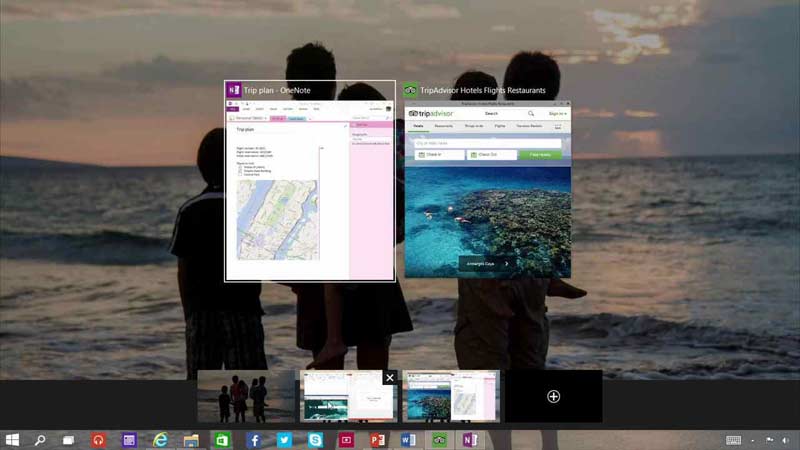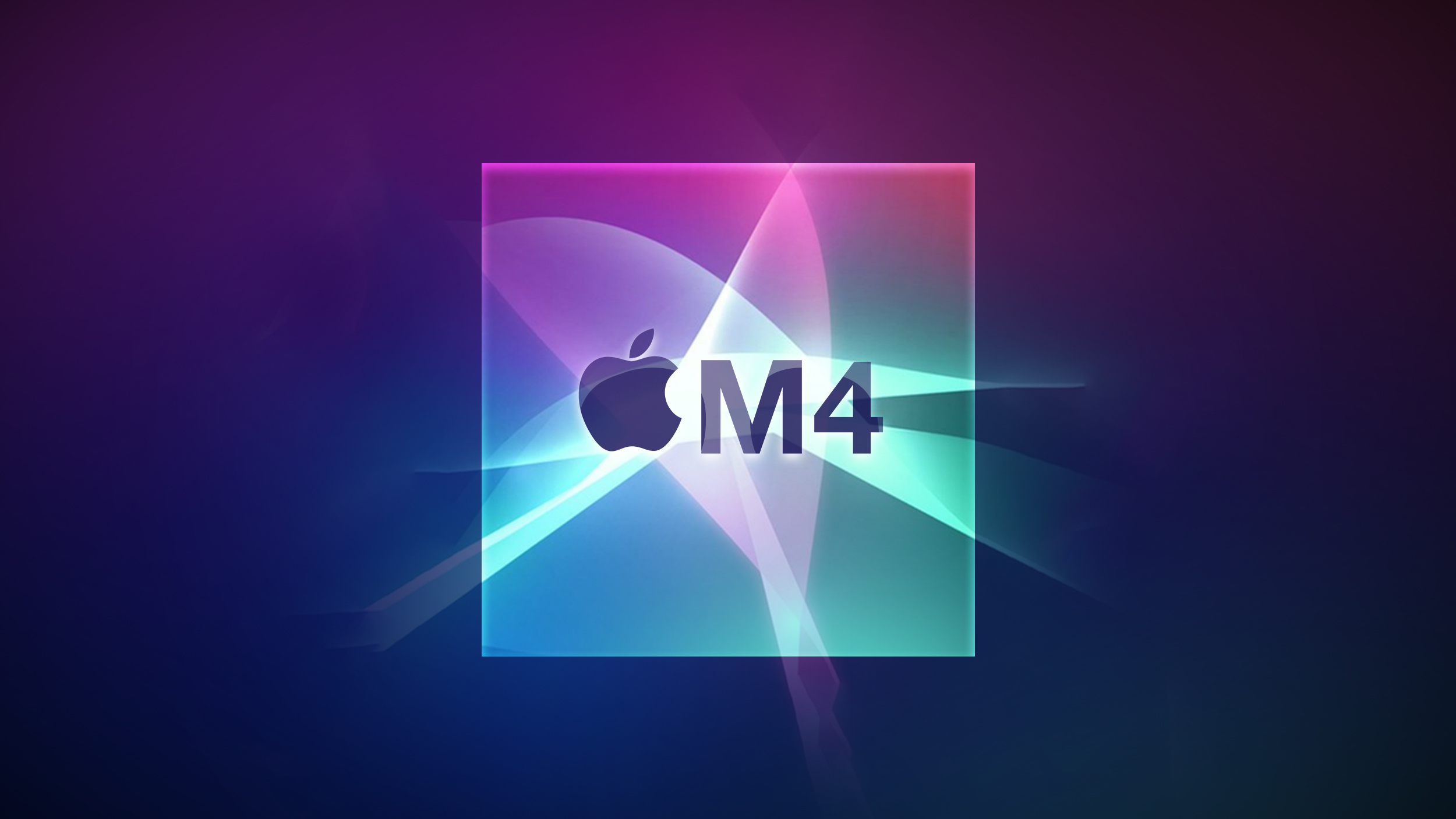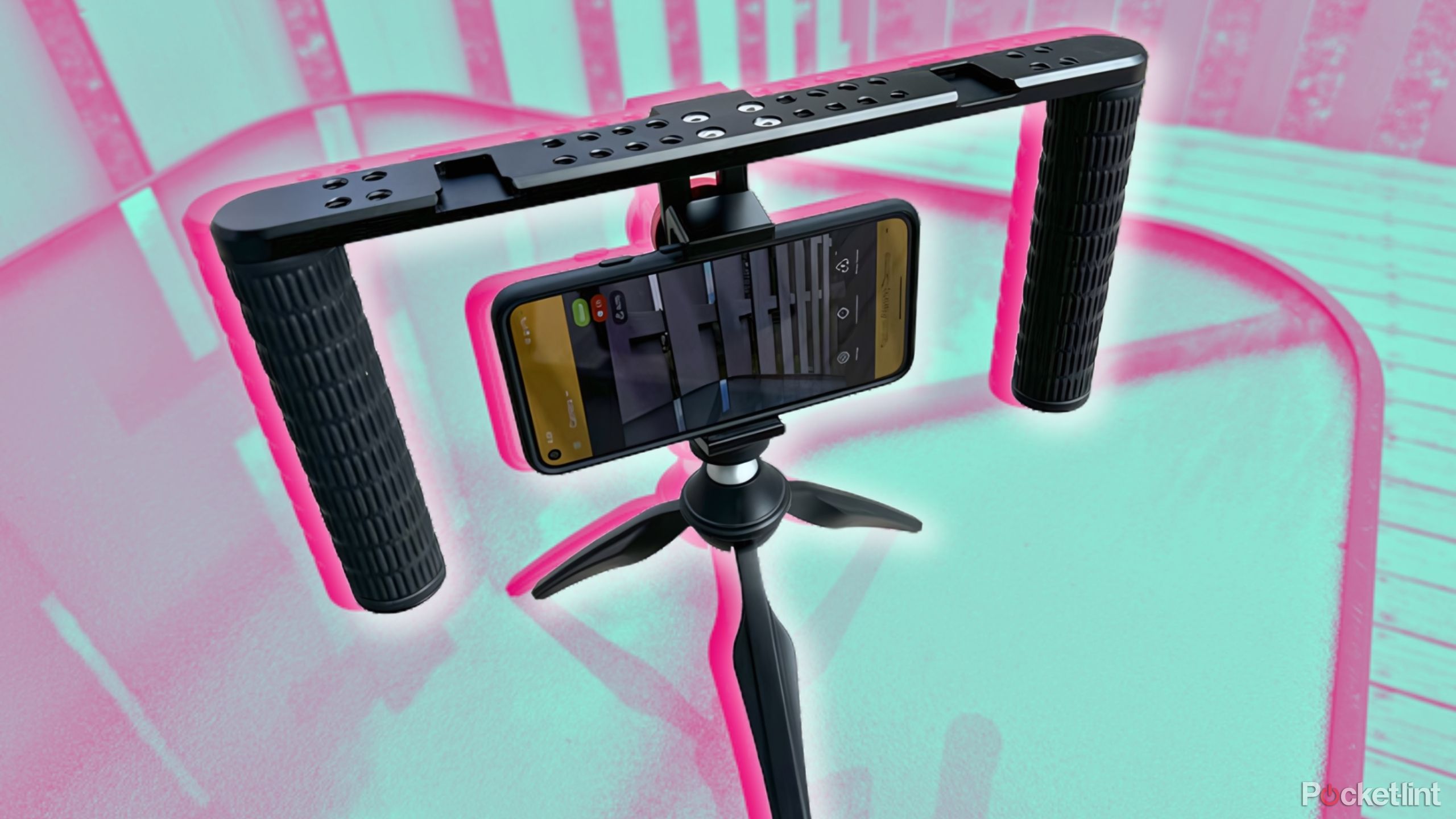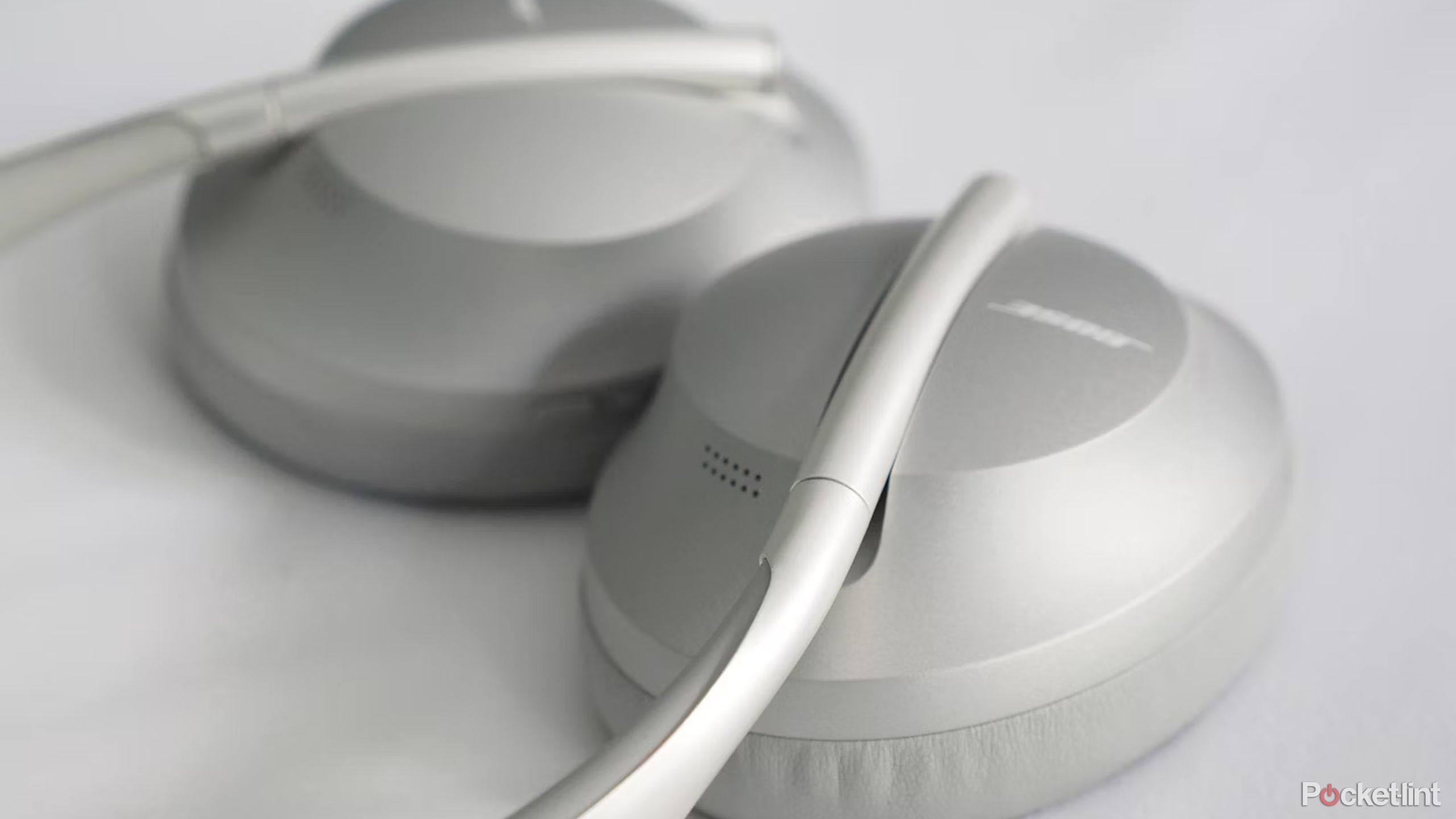10 new features of Windows 10
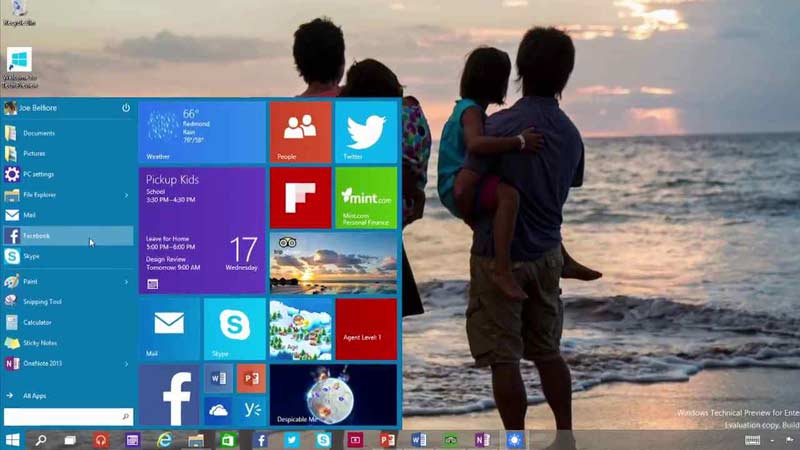
Late last night, Microsoft unveiled the next version of the Windows operating system, Windows 10. The company says that the new operating system is designed to run across a wide range of devices, including desktops, laptops, smartphones, tablets, servers, as well as tiny Internet of things devices. “Windows 10 will deliver the right experience at the right time on the right device,” Microsoft’s operating systems chief Terry Myerson said. However, Windows 10 isn’t fully designed yet. At the event, Microsoft demonstrated several new features of the operating system, but noted that this is just the scratch of the surface it plans to ship with the final version of Windows 10, which ships next year. That said, let’s look at the 10 best features of Windows 10 that Microsoft demonstrated at the event yesterday.
Start menu
As we noted earlier, the Start menu, which Microsoft had pulled in favor of Start screen in Windows 8 is back to the desktop platform. The new Start menu, however comes with several neat little features of its own. It houses both traditional apps and live tiles of Modern apps. Users will also be able to resize the live titles as they see fit. In other changes, the power and user options have shifted their places.
In addition, the Start menu comes with a new feature called “Universal Search,” which allows users to look up for an app, a file, or even have their queries answered from the Web without opening a browser.
Virtual desktop
Virtual desktop is Microsoft’s step to make the operating system more useful for productivity enthusiasts. If you do not own multiple monitors, Microsoft is offering you multiple desktop spaces. While it isn’t as good as having separate monitors for each task, but this is as close and good as it gets.
With Virtual Desktop, you can dedicate different screens for doing different work. For instance, you can have a separate desktop for work, another for web surfing, and other things.
Task View
Microsoft is aware that the old Alt + Tab view option is getting painfully old. Hence the company has brought a new feature called Task View, which has been improved to not only showcase all the apps you would like to switch between, but list all the virtual desktops as well.
Snap Assist
 In Windows 10, users will be able to snap up to four apps together, up from 2 in Windows 8. The new feature called Snap Assist gives users suggestions of the apps they might want to place next to one another, reducing the hassle of finding apps from the long menu. This will definitely bolster productivity for many.
In Windows 10, users will be able to snap up to four apps together, up from 2 in Windows 8. The new feature called Snap Assist gives users suggestions of the apps they might want to place next to one another, reducing the hassle of finding apps from the long menu. This will definitely bolster productivity for many.
Metro/Modern apps on the Desktop
Microsoft is finally making it possible to run Windows 8 dedicated apps – Modern/Metro software – in the desktop mode, compatible to run with keyboard and mouse.
The Command Prompt
Well, this feature is not new at all. In fact, not only it has been there since the inception of Windows, back in the day, a variation of it was the entire operating system. But over time, as the other features and built-in tools received major updates, the Command Prompt was mostly left untouched. With Windows 10, Microsoft is changing that. Among many little features, the new Command Prompt now lets you paste in text (from your clipboard) your commands. In addition, a user will also be able to see the text wrapping when the Command Prompt window is resized. It will also let you add new keyboard shortcuts, and last but not the least, tinker with the windows’ opacity.
Continuum
Over the past few months, we have seen several tablet-notebook hybrids arrive in the market that offer two distinct computing environment: a tablet mode – embracing the touch screen capability of the device, and a desktop mode – where a user connects a keyboard to the system and use it as a laptop. Microsoft is making it easier than ever to switch back between those two modes. “What you get is a device that operates with the simplicity of a tablet, but morphs itself back to the familiar PC experience,” Joe Belfiore, the chief of Windows Phone division said while unveiling Windows 10.
As soon as you detach the keyboard from the hybrid PC, the operating system automatically detects this change, and prompts the user asking if they want to turn on the tablet mode.
Windows 10 Universal Apps
At the Build conference in April, Microsoft announced Universal Windows apps. It was its biggest attempt to unify all its operating systems. With Universal Windows apps, Microsoft allowed developers to build one app which will seamlessly work on Windows desktop platform, the tablet platform, as well as Windows Phone platform. The idea was to reduce work off a developer’s shoulders, and make it possible to port the app to other platforms with least of effort.
The company is now giving it more emphasis than ever. “The best way to prepare for Windows 10 is to keep building universal Windows apps.”
Enterprise friendly operating system
Microsoft knows from where it is getting most of its revenue, and is now making sure it takes good care of such users. The company says that the new operating system is well suited for businesses and enterprises. Windows 10 is compatible with all traditional enterprise tools, and management systems. The company is also making an effort to keep these users’ personal and corporate data separate.
Windows Insider Program
Not exactly part of the operating system, but at the sidelines of Windows 10 unveiling, Microsoft announced a new feedback and early access program which it will begin with Windows 10. Later today, Microsoft will release a technical preview copy of the Windows 10 operating system. It will come with a feedback tool, using which users will be able to tell Microsoft what features they like and what they don’t.
Windows 10 isn’t full baked yet, and the company is giving users an early access to enjoy and test the new features of Windows 10 as Microsoft builds it. With this program, Microsoft is giving tech enthusiasts a chance to become part of Windows 10’s software development team, so that your feedback and suggestions become the part of the next operating system.
